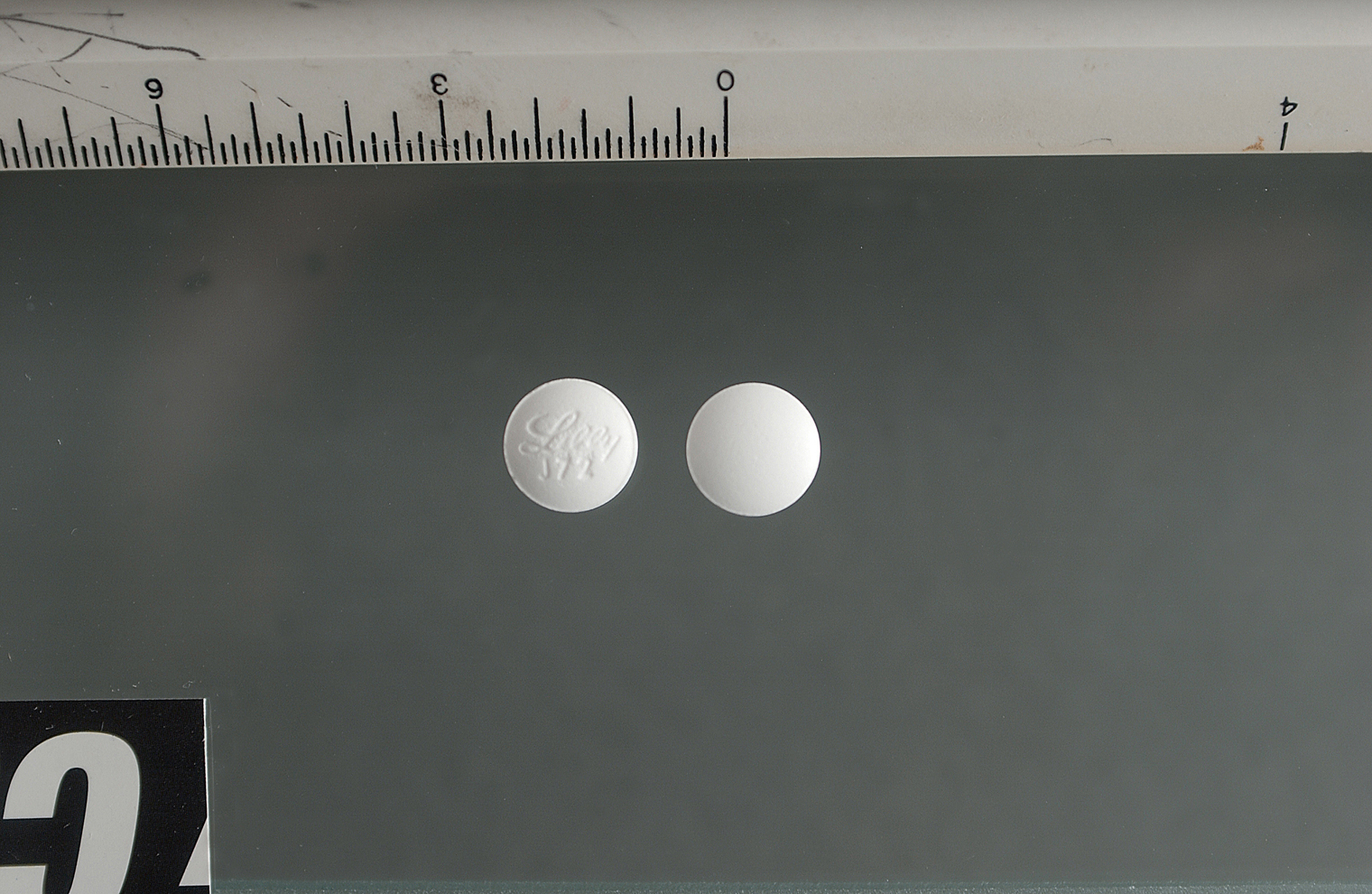What is methadone?
Methadone is a synthetic narcotic developed during World War II due to a shortage of morphine. Methadone is used in medication-assisted treatment (MAT) to help people reduce or quit their use of heroin or other opiates.
Common names include Amidone, Chocolate Chip Cookies, Fizzies, Maria, Pastora, Salvia, Street Methadone and Wafer.
What does methadone look like?
Methadone comes in tablet, disc and oral/injectable liquid forms.
How is methadone abused?
Methadone is taken orally or intravenously. It is sometimes mixed with other drugs or alcohol to intensify the effect.
How does methadone affect a person?
Recreational users of methadone experience a high powerful enough to create an almost immediate craving for more.
Morphine and heroin share similar effects.
What are the health effects/risks of using methadone?
Long-term use of methadone can lead to an opioid use disorder. Abruptly stopping the use of methadone may cause a person to experience withdrawal symptoms such as insomnia, anxiety, hypertension, irritability, chills, excessive perspiration, runny nose/eyes, enlarged pupils, aching joints, muscle spasms, abdominal cramps, nausea and diarrhea. Withdrawal symptoms can last up to two weeks. General discomfort, loss of appetite and insomnia can last as long as six months.
Methadone stays in the bloodstream long after effects have ceased. Assuming the drug has worn off, users often increase frequency and dosage. This can lead to overdose, coma, respiratory failure and death.







